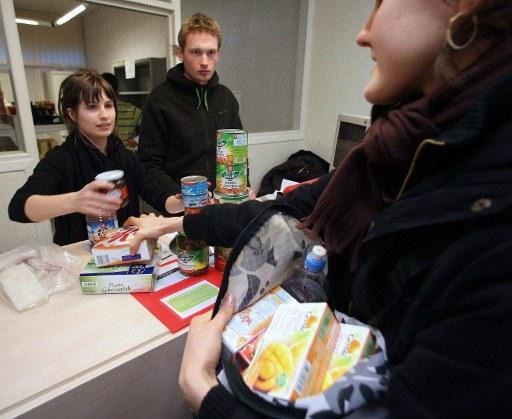A record number of Belgians are turning to food banks, according to data viewed by Flemish newspaper Het Laatste Nieuws from the Belgian Federation of Food Banks.
However, this isn't only a result of the current cost of living crisis. In fact, data from the Federation reveals a much longer-term rise: since 1995, there has been a 153% increase in their use.
It is also clear that numbers are going the wrong way – in 2021, an average of 177,238 people used food banks every month, up from 175,402 people in 2020. This is a major indicator of the scale of domestic poverty in the country; the Federation’s Deputy Director Jef Mottar called the latest statistic “unprecedented”.
The situation today
This year, an additional 2,000 people every month are already using food banks in Belgium. “Several distributors are reporting up to 25% more people in queues,” Mottar told HLN.
In Belgium, nearly 20% of the population (2.2 million people) last year was at risk of poverty or social exclusion. These rates are much higher in the Brussels region, where inequality is more acute.
Related News
- ‘Apocalyptic’ food prices to come, warns Governor of Bank of England
- Brussels inequality exacerbated by Covid pandemic
- Brussels housing crisis: A problem too big to ignore
According to Mottar, the demographic of food bank users is changing as well. Rather than being used primarily by those on government benefits, the food banks now witness those who are “employed”, “single mothers”, and even people from “two-income households.”
In Brussels, quality of life is declining on the back of an acute housing and cost of living crisis.
Record high inflation and high rents have had a significant impact on the savings and spending power of low-income households. Food has become an increasingly expensive commodity on the back of wheat and oil shortages across Europe.

